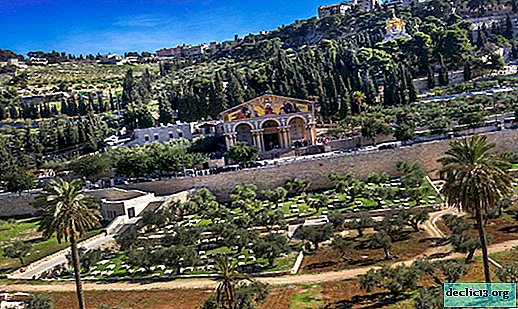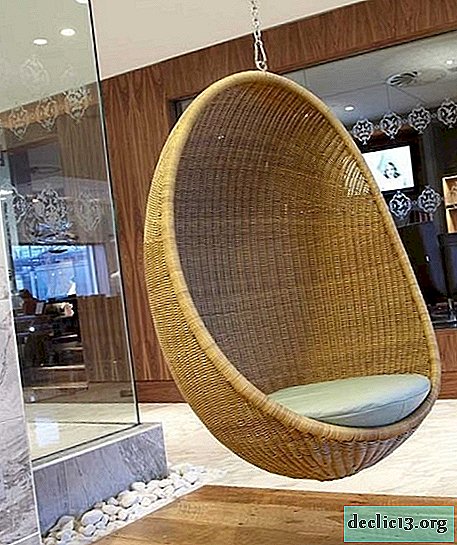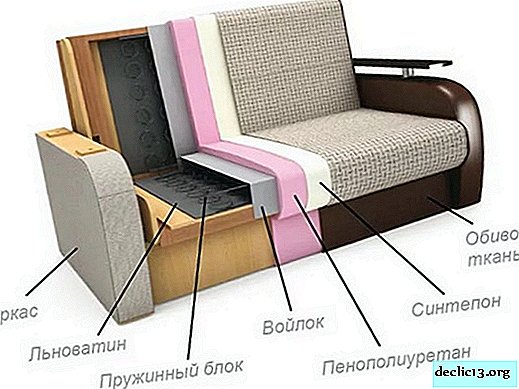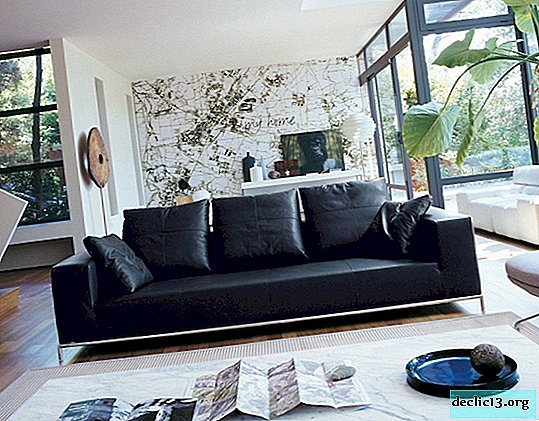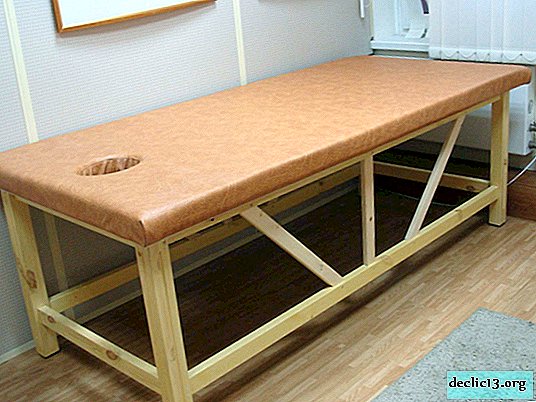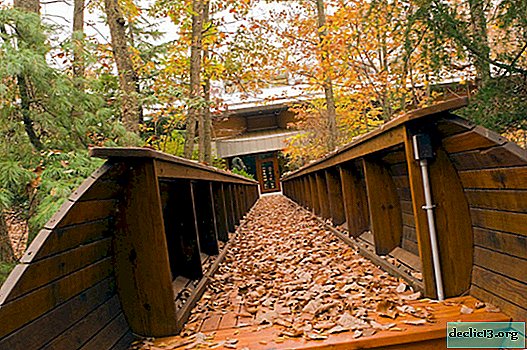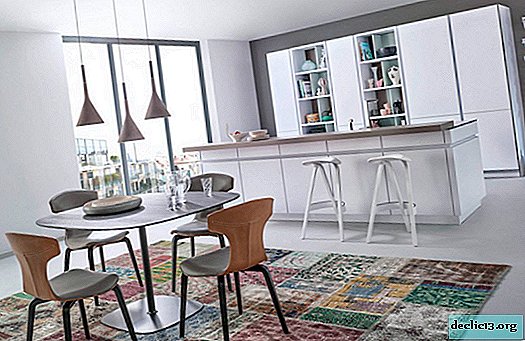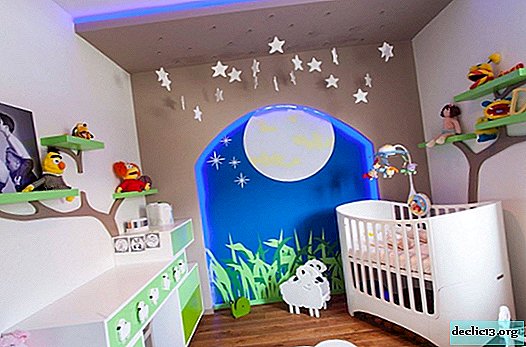Pilasters in the interior: an indispensable element of luxurious design
Pilasters are another trick in interior design, which will certainly be appreciated by true aesthetes, obsessed with an elegant, sophisticated and unique picture of their home. Pilasters are a kind of half-columns, which, unlike standard columns, are built into the walls. They do not take up much space in the room, since they are issued from the walls by only a few centimeters. This design element is used mainly in the Greek style and optionally in other styles. In the interior, half-columns can be represented in completely different ways: both elaborate, and more strictly, succinctly.
The first pilasters appeared in Ancient Greece, were made of granite, marble and were used only as a decoration of facades. Already in the era of classicism, they began to decorate luxurious interiors.
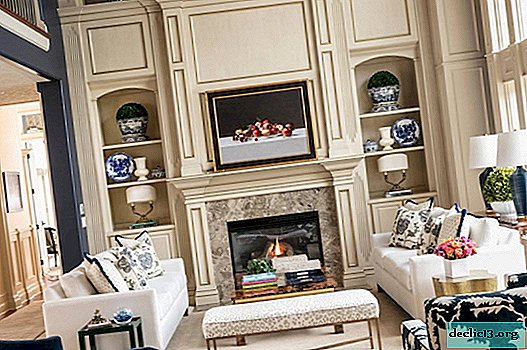


















The main functions of the pilasters
The design of the half-column is a narrow trunk, capital and base, which are decorated with all kinds of drawings and ornaments. Pilasters are made separately, and then they are attached to the wall inside or outside the building. But in any case, this architectural element has an exclusively decorative function. Pilasters serve for:
- symmetrical design of portals in columns;
- accenting angles;
- floor associations;
- separation of facades.



















You can often find half-columns, which are a luxurious continuation of stucco moldings or floor skirtings. The capitals of pilasters, spectacularly executed in artistic terms, are the perfect complement to the facade.
Given the architectural features of the building, it is possible to choose the optimal design for half-columns (semicircular, rectangular, complex shape). Pilasters indoors visually divide the space into several zones and are in perfect harmony with other interior elements:
- gypsum stucco molding;
- fireplace portal;
- gallery of art paintings;
- antique-style furniture (perfect if the room has a wardrobe with pilasters);
- massive wrought iron chandeliers that hang from the ceiling.












With the help of half columns you can achieve the visual effect of raising the ceiling. However, any vertical decor perfectly copes with this task. The design can cover wall defects, it’s convenient to hide all kinds of communications (pipes, wires) behind it.
Note: in dark rooms, the installation of vertical white pilasters will provide noticeable lightening. In turn, architectural dark half-columns are an indispensable attribute of Gothic rooms. Pilasters can decorate not only walls and facades - they will become a wonderful decoration of doorways and portals of fireplaces.








Varieties of pilasters: photo examples in the interior
There are 3 main directions of such architectural half-columns: the style of the Georgian, Greek Renaissance and ribbon. There are other stylistic concepts, but they all combine elements of the previous ones:
- Italian Renaissance.
- Beaux-arts.
- Neoclassical.
Ribbon pilasters combine diagonal and vertical stripes running along the entire length of the barrel. In addition to ribbons, they can be decorated with interesting patterns, horizontal rings.
The constructions of the Greek Renaissance resemble white marble. Capitals and a base shaft can be one of the following options:
- ionic - the bases and capitals are symmetrical and beautifully decorated;
- Doric - the shaft is made of profiled plates on capitals. The base is missing;
- Corinthian - the bases and capitals are decorated with complex patterns and a heraldic lily (fleur-de-lis).
The half-columns of the Georgian Renaissance are rectangular, tall and perfectly smooth. Their base is three-level, and below the capitals there are symmetrical elegant spirals.






Polyurethane pilasters: examples in the interior and description of characteristics
Polyurethane pilasters are very popular today and are presented on the market in a wide range. This is primarily due to the high operational and technical indicators of this material:
- strength;
- environmental friendliness;
- ease of installation;
- light weight;
- resistance to temperature fluctuations;
- a variety of design in terms of design and texture;
- the possibility of staining in a different color;
- affordable price.
Even if you have an average income level, you can easily make your dream a reality by transforming your home with no less elegant polyurethane pilasters. By the way, unlike foam, they are better in terms of strength characteristics.
Note: one pilaster in the room, at least, looks ridiculous. Harmoniously, such designs will look only in pairs, for example, on both sides of a niche, door, in the corners of the room.


Decorative pilasters in furniture
Another way of manifesting an interesting decor is a vertical furniture pilaster, which is often used in the decoration of kitchen facades. Such an element gives the headset a special elegance and expressiveness. The characteristic styles for the furniture pilasters are classic, Victorian, Baroque.
Often when installing ready-made kitchen modules that were not purchased according to individual sizes, unplanned voids appear in space. There is nothing to put in them, and they look unsightly open. In these situations, designers often decorate these places with pilasters. The result is a complete, harmonious and unique design.
The installation of vertical structures made of heat-resistant material on both sides of the furnace will reliably protect furniture modules located nearby, which will extend their service life. Typically, furniture decor is made from natural solid wood or MDF. The latter are covered with veneer, plastic film or protective enamel. Surfaces often give a beautiful texture with patting.




With such decorative overlays, the furniture is effectively transformed, it looks rich and respectable. Pilasters are mounted on inserts specially prepared for them. Decorative pads ideally cover the gaps between adjacent modules, making the headset design look like one.
Often, the most standard wooden boxes are decorated with furniture pilasters, and carved cornices are placed on top. The result is luxurious, stylish facades.






Photo pilasters on the facades of houses








